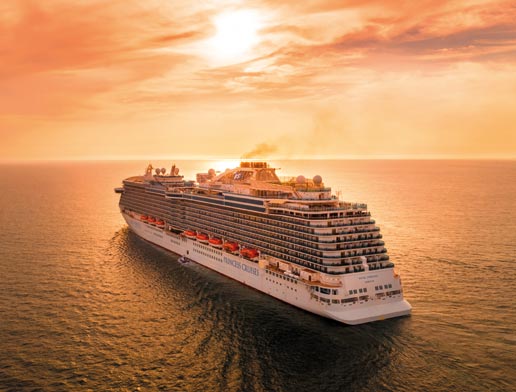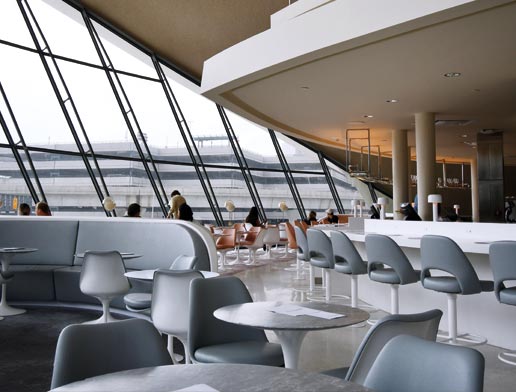If you would like to find out more about Laura’s amazing trip to Canada, visit her in our Uckfield Branch or call 01825 760488.
I have recently returned from Canada and all I can say is WOW! I was really intrigued to experience the Eastern Coast of this amazing Country as the West always seems so popular. Hopefully I will inspire you to visit the 2 following provinces as part of a tour or a tailormade self-drive.
We arrived into St Johns on a direct WestJet flight from Gatwick. The flight was only 5 hours! If you were ever interested in a short stay in New York or Boston I can highly recommend St Johns instead. The flight was comfortable, we were offered a complimentary meal and drinks and snacks. WestJet does not have seat back entertainment, but you can download films to watch via the WestJet app. You can also buy Wi-Fi packages to use onboard.
As the flight was so short we were able to hit the ground running and went straight to Signal Hill via a short city tour and saw all the ‘Jellybean’ houses, just one part of what makes this province is so unique. There are a few theories about why homes are painted in such bright colours. Some say the tradition was born out of the need for fishermen to find their way home during foggy days, a common occurrence in Newfoundland’s often misty climate. Brightly coloured homes would be easier to spot from the water, helping them navigate through the dense fog.

Signal Hill, loved by visitors and locals alike for its hiking trails, stunning views, and the iconic Cabot Tower was the location where Marconi received the first trans-Atlantic message from Cornwall, the letter ‘S’. It also played a very important role in military signalling int he 1800s. It has a fascinating history so well worth a visit and amazing views over St Johns.
After this we visited Quidi Vidi, a charming village within a city that embodies the spirit of an old fishing outport. Visit the largest craft brewery and enjoy an Iceberg beer which is made from real Iceberg water!
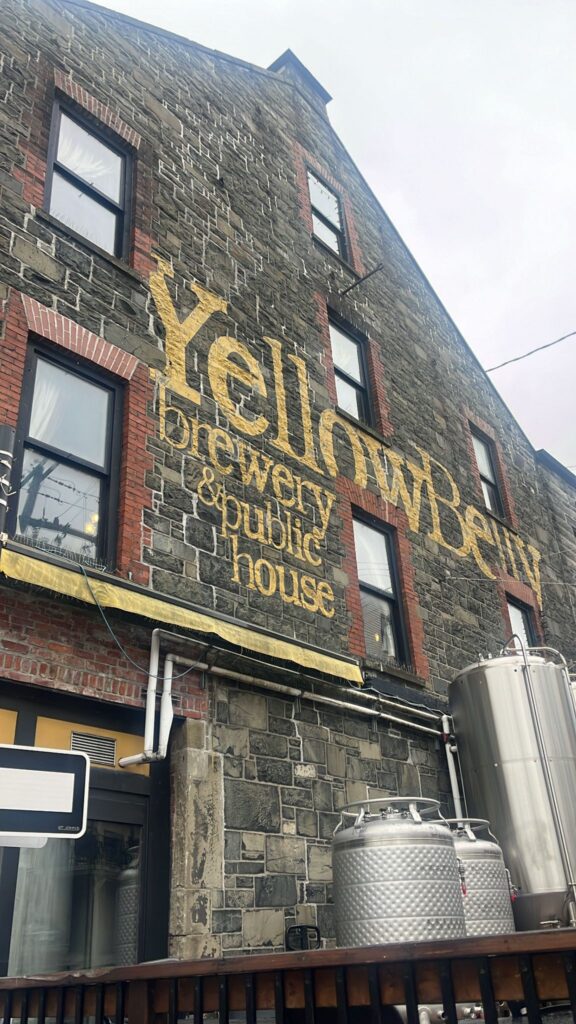
A 3-hour drive would take you to Trinity, known by the locals as Trinity Bight. This area offers beautifully restored fishing rooms and saltbox houses, rooms in historic buildings and top-rated dining experiences making it a prime place to stay whilst you discover the Bonavista Peninsular and really is a must-see part of any Newfoundland itinerary. Keep an eye out for whales, birds (puffins and eagles!) and icebergs. I can highly recommend going on a whale watching trip, we were lucky enough to see minke whales and they often see humpbacks and orcas. Whale season is from June to October.
We visited various historical sites in Trinity, including Lester Garland House, Trinity Museum and a favourite of ours, Green Family Forge, where we got to see them working on various projects.
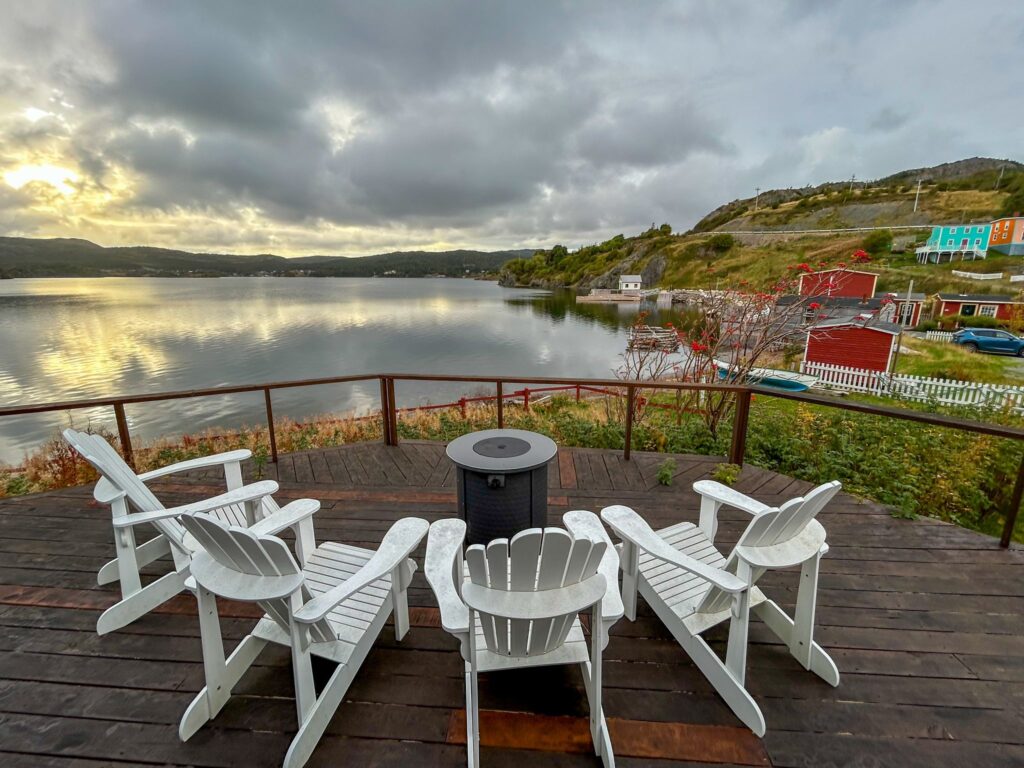
Being right on the coast, Lighthouses are a popular choice for this part of Canada. We visited Cape Bonavista lighthouse built in 1843 and with its red and white stripes is one of the most photographed in Newfoundland. This is also a great spot for watching icebergs floating by!
Next stop was a visit to the Dungeon Provincial Park. On what looks to be a regular grassy bluff overlooking the ocean, a massive, heart-shaped crater with two separate openings to the sea. From the viewing area you can witness ocean waves crashing in; the same waves that for millennia carved out this breath-taking sea cave, which eventually collapsed forming a natural archway.
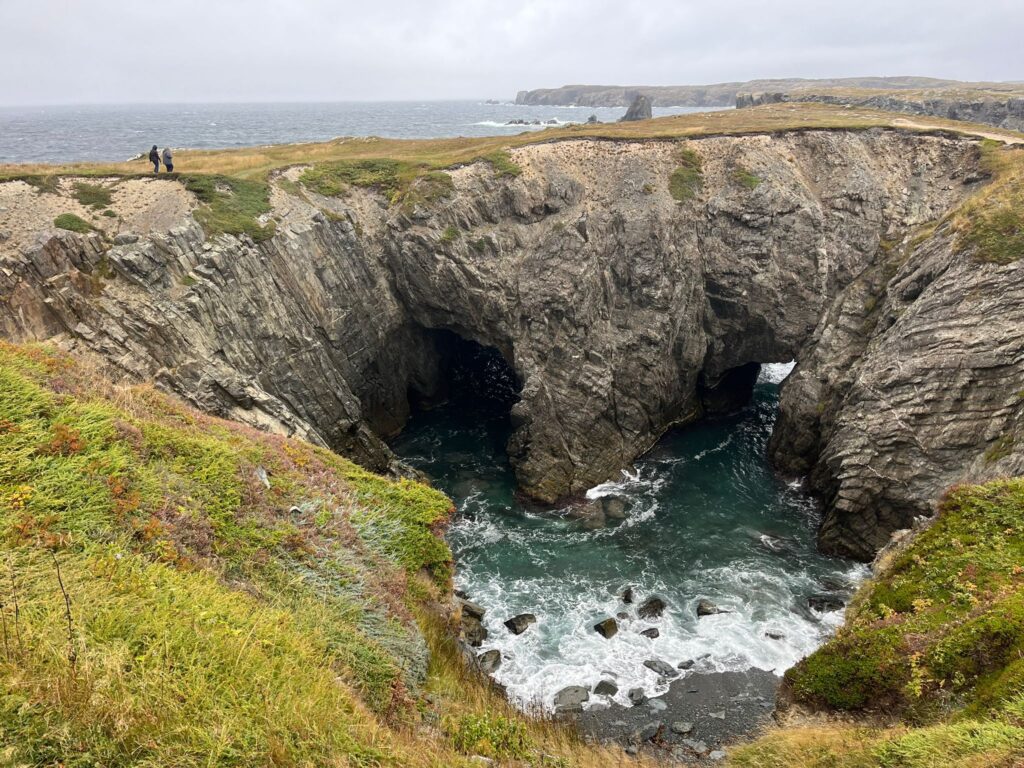
Back in St Johns and we visited Cape Spear. If you stand there, you’re back to the sea, the entire population of North America stretches out in front of you. And there’s nothing behind you until Ireland.
Perched on a rugged cliff, at the continent’s most easterly point, Cape Spear Lighthouse is the oldest surviving lighthouse in the province, a National Historic Site, and an iconic symbol of Newfoundland and Labrador’s marine history.

That afternoon we visited The Rooms, Newfoundland and Labradors largest public cultural space. Here, you’ll find collections, exhibits and programs that tell stories and interpret the natural world through art, artifacts, archaeology, architecture and archival records.
We couldn’t leave Newfoundland without becoming an honorary Newfoundlander! t’s called “being Screeched in” and it’s simple. Take one ordinary cod (in our case a massive frozen one) and one shot-glass of “Newfoundland Screech”, a potent rum made on the island. Stand in the presence of a native Newfoundlander and respond to this question, “Is ye a Screecher?” with your answer, “Deed I is me old cock, and long may your big jib draw!” This was a lot of fun and a must do in Newfoundland!
The next day we said goodbye to St Johns and caught an internal flight over to Halifax, Nova Scotia. We had an amazing 36 hours in Halifax and managed to fit a lot in! We visited the famous Halifax Citadel and enjoyed a guided tour, went on Harbour Hopper which is part bus part boat, enjoyed a lot of time on the waterfront watching the cruise ships dock and were lucky enough to visit 7 Virtues perfume atelier and make our own perfume. The Maritime Museum is located very close to this and it has a very good Titanic display. Halifax is a beautiful city, very hilly but quite compact so easy to get around and felt very safe. The waterfront is a hive of activity and a lovely place to spend an afternoon.

Remember Newfoundland & Labrador and also Halifax are only 5 hours away!
Hotels I stayed in and can highly recommend; JAG Hotel, St Johns, Artisan Inn Trinity, Courtyard by Marriott St Johns and Moxy Halifax.
Amazing restaurants I ate in; St Johns Fish Exchange, Twine Loft Artisan Inn, The Dock Marina Trinity, Quintal Cafe Bonavista, Fishers Loft, Yellowbelly Brewery St Johns, Vu Resto, Cable Wharf Kitchen & Patio
Food Highlights; Newfoundland in particular is a food heaven; Fish, fish and more fish! Lobster, Oysters, Cod Tongues, Moose sausage, Sushi, Scrunchions, Bakeapple, Partridge Berry, Iceberg Beer.
Newfoundland language; It’s been called Newfoundland English, Newfinese, Newfie, and a number of other things by people attempting to put a name on what many believe to be a language all its own. But no matter what people want to call it, it is still English, just a different dialect. Actually, many different dialects. So, don’t worry if you are visiting the island and are having a difficult time understanding what is being said to you; chances are it’s friendly, and there is always an “‘English” to English translator somewhere nearby to help you out. Also important to remember—if someone asks you if you would like to go for a “Scuff an’ a scoff”, the answer (if you enjoy having a really great time) is “yes.”




